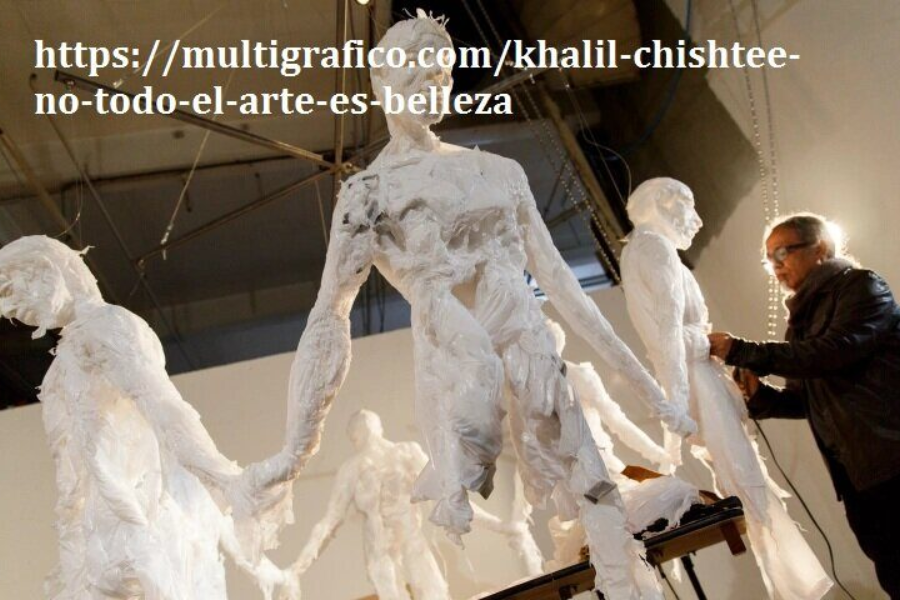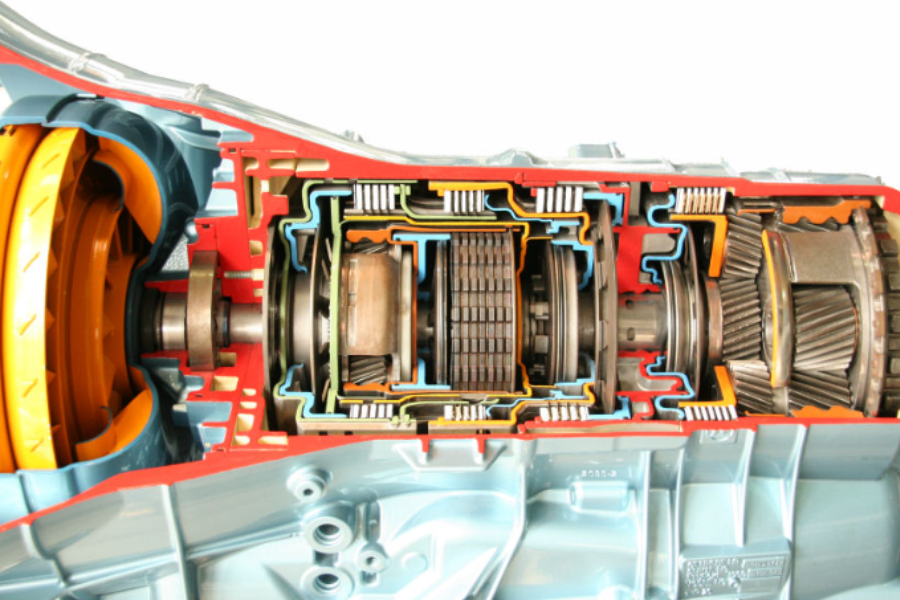Exploring Khalil Chishtee’s Unique Vision: Art Beyond Beauty
When you think of art, beauty often comes to mind. However, Khalil Chishtee, a boundary-pushing artist, challenges this notion with his thought-provoking work. The title of the featured article, “No Todo El Arte Es Belleza” (translated to “Not All Art is Beauty”), perfectly captures Chishtee’s perspective—that art is much more than just aesthetic appeal.
What Makes This Article Stand Out
Engaging Start:
The article starts strong, immediately drawing the reader into a conversation about the purpose of art. It argues that art isn’t limited to creating something beautiful, and this sets the stage for exploring Chishtee’s distinct philosophy.
Comprehensive Insight:
It thoroughly examines Chishtee’s background, artistic style, and influences, giving readers a solid understanding https://multigrafico.com/khalil-chishtee-no-todo-el-arte-es-belleza/ The piece also highlights several of his most notable works, making it an informative and well-rounded overview.
Visual Appeal:
Including images of Chishtee’s sculptures allows readers to visualize his message and further grasp the unconventional themes he explores in his art.
Suggestions for Enhancing the Content
More In-Depth Analysis:
While the article gives a good general overview, it could benefit from diving deeper into the techniques Chishtee uses in specific works. This would give readers more insight into how his pieces convey complex https://multigrafico.com/khalil-chishtee-no-todo-el-arte-es-belleza/ aesthetics.
Incorporating Direct Quotes:
Adding quotes from Chishtee himself or from art critics could lend more credibility to the analysis. These https://multigrafico.com/khalil-chishtee-no-todo-el-arte-es-belleza/ layer of authority and make the discussion more engaging.
Optimizing for Search and Accessibility
Positive Aspects of SEO:
The article appears to use relevant keywords like “Khalil Chishtee,” “art,” and “beauty” effectively. This optimization helps it rank well in searches related to the artist and his themes.
Compelling Meta Descriptions:
The meta descriptions succinctly summarize the article, making it clear to readers what they can expect while encouraging them to click through.
Potential SEO Enhancements:
Internal Linking:
Linking to other related content on the website would improve SEO performance and help guide readers to explore similar topics.
Alt Text for Images:
Ensuring that each image includes detailed alt text would not only improve accessibility but also boost the article’s search engine ranking.
Enhancing User Experience
Strengths in User Design:
The site’s design is https://multigrafico.com/khalil-chishtee-no-todo-el-arte-es-belleza/ navigate, making it pleasant for readers. It’s also mobile-responsive, which means users on smartphones and tablets will have a smooth experience.
Suggestions for User Experience Improvement:
Faster Loading Times:
Some images take a bit too long to load, which can affect the overall reading experience. Optimizing image sizes https://multigrafico.com/khalil-chishtee-no-todo-el-arte-es-belleza/ and make the page more responsive.
Call to Action:
Including a call to action—such as encouraging users to subscribe to a newsletter or explore other articles—could boost engagement and retain visitors longer.
FAQs:
1. Who is Khalil Chishtee?
Khalil Chishtee is a contemporary artist known for creating thought-provoking sculptures, often made from unconventional materials like plastic bags. His work challenges traditional ideas of beauty in art.
2. What is the meaning behind “No Todo El Arte Es Belleza”?
The phrase translates to “Not All Art is Beauty,” reflecting Chishtee’s belief that art is about more than just aesthetics. He aims to explore deeper themes, such as human emotions, identity, and the complexities of life, beyond conventional notions of beauty.
3. What materials does Chishtee use in his artwork?
Chishtee often works with everyday materials, particularly plastic bags, to create his sculptures. By using discarded items, he reflects on themes of waste, impermanence, and the fragility of human existence.
4. How does Chishtee’s art challenge conventional beauty?
Chishtee’s sculptures focus on raw, sometimes unsettling subjects, steering away from traditional beauty standards. His work prompts viewers to consider the emotional and intellectual messages conveyed by art, rather than just its visual appeal.
5. What are some notable works by Khalil Chishtee?
While the article does not mention specific pieces, Chishtee is known for his haunting sculptures of human figures, often conveying themes of isolation, loss, and resilience.
6. Where can I view Khalil Chishtee’s work?
Chishtee’s artwork is showcased in various exhibitions around the world. You can also find his
work featured on art-focused websites, galleries, and sometimes public installations.
7. How does Chishtee’s work contribute to the broader art conversation?
Chishtee’s art expands the conversation around what constitutes art. He invites viewers to look beyond surface-level beauty and engage with the emotional and social narratives that art can express.
Conclusion
Khalil Chishtee’s work is a bold departure from the traditional belief that art must be beautiful. With his unique use of materials and deep exploration of human themes, Chishtee shows us that art can be about conveying raw emotion, challenging perceptions, and inviting critical thought. “No Todo El Arte Es Belleza” serves as both a statement and a call to reflect on the purpose of art beyond aesthetics, encouraging viewers to engage with the profound messages that art can communicate. By understanding Chishtee’s philosophy, we can appreciate art as a medium that speaks to both the heart and the mind.





